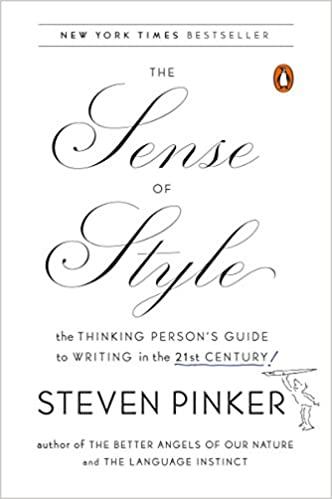Language and cognition have been explained as the products of a homogeneous associative memory structure or alternatively, of a set of genetically determined computational modules in which rules manipulate symbolic representations. Intensive study of one phenomenon of English grammar and how it is processed and acquired suggest that both theories are partly right. Regular verbs (walk-walked) are computed by a suffixation rule in a neural system for grammatical processing; irregular verbs (run-ran) are retrieved from an associative memory.
Publications by Type: Journal Article
1991
When it comes to explaining English verbs’ patterns of regular and irregular generalization, single-network theories have difficulty with the former, rule-only theories with the latter process. Linguistic and psycholinguistic evidence, based on observation during experiments and simulations in morphological pattern generation, independently call for a hybrid of the two theories.
1990
How do people recognize an object in different orientations? One theory is that the visual system describes the object relative to a reference frame centered on the object, resulting in a representation that is invariant across orientations. Chronometric data show that this is true only when an object can be identified uniquely by the arrangement of its parts along a single dimension. When an object can only be distinguished by an arrangement of its parts along more than one dimension, people mentally rotate it to a familiar orientation. This finding suggests that the human visual reference frame is tied to egocentric coordinates.
1989
In a recent paper, Chambers and Reisberg (1985) showed that people cannot reverse classical ambiguous figures in imagery (such as the Necker cube, duck/rabbit, or Schroeder staircase). In three experiments, we refute one kind of explanation for this difficulty: that visual images do not contain information about the geometry of a shape necessary for reinterpreting it or that people cannot apply shape classification procedures to the information in imagery. We show, that given suitable conditions, people can assign novel interpretations to ambiguous images which have been constructed out of parts or mentally transformed. For example, when asked to imagine the letter “D” on its side, affixed to the top of the letter “J”, subjects spontaneously report “seeing” an umbrella. We also show that these reinterpretations are not the result of guessing strategies, and that they speak directly to the issue of whether or not mental images of ambiguous figures can be reconstrued. Finally, we show that arguments from the philosophy literature on the relation between images and descriptions are not relevant to the issue of whether images can be reinterpreted, and we suggest possible explanations for why classical ambiguous figures do not spontaneously reverse in imagery.
1987
The acquisition of the passive in English poses a learnability problem. Most transitive verbs have passive forms (e.g., kick/was kicked by), tempting the child to form a productive rule of passivization deriving passive participles from active forms. However, some verbs cannot be passivized (e.g. cost/was cost by). Given that children do not receive negative evidence telling them which strings are ungrammatical, what prevents them from overgeneralizing a productive passive rule to the exceptional verbs (or if they do incorrectly passivize such verbs, how do they recover)? One possible solution is that children are conservative: they only generate passives for those verbs that they have heard in passive sentences in the input. We show that this proposal is incorrect: in children’s spontaneous speech, they utter passive participles that they could not have heard in parental input, and in four experiments in which 3–8-year-olds were taught novel verbs in active sentences, they freely uttered passivized versions of them when describing new events. An alternative solution is that children at some point come to possess a semantic constraint distinguishing passivizable from nonpassivizable verbs. In two of the experiments, we show that children do not have an absolute constraint forbidding them to passivize nonactional verbs of perception or spatial relationships, although they passivize them somewhat more reluctantly than they do actional verbs. In two other experiments, we show that children’s tendency to passivize depends on the mapping between thematic roles and grammatical functions specified by the verb: they selectively resist passivizing made-up verbs whose subjects are patients and whose objects are agents; and they are more likely to passivize spatial relation verbs with location subjects than with theme subjects. These trends are consistent with Jackendoff’s “Thematic Hierarchy Condition” on the adult passive. However, we argue that the constraint on passive that adults obey, and that children approach, is somewhat different: passivizable verbs must have object arguments that are patients, either literally for action verbs, or in an extended abstract sense that individual languages can define for particular classes of nonactional verbs.


